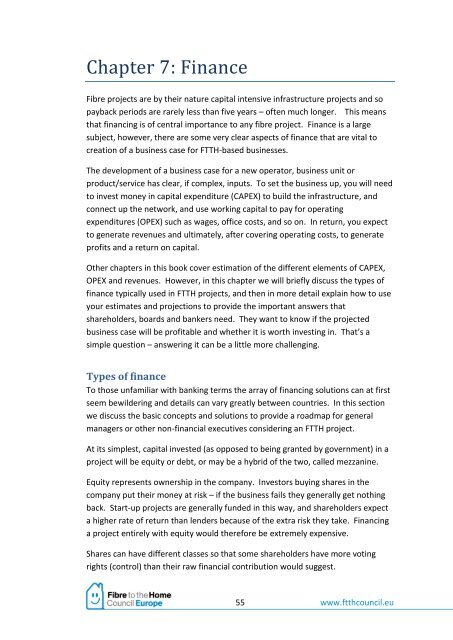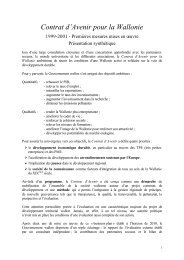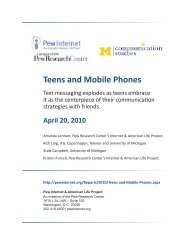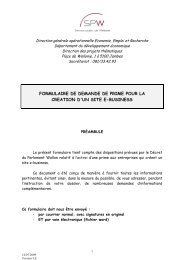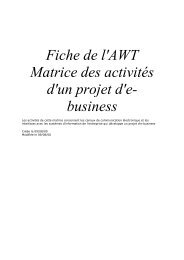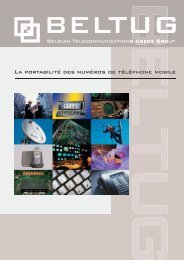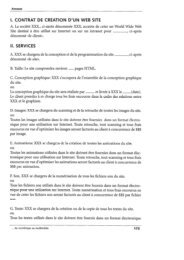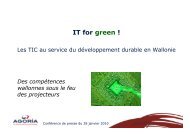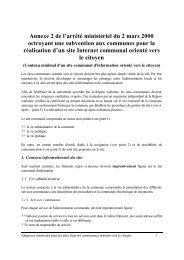You also want an ePaper? Increase the reach of your titles
YUMPU automatically turns print PDFs into web optimized ePapers that Google loves.
Chapter 7: Finance<br />
Fibre projects are by their nature capital intensive infrastructure projects and so<br />
payback periods are rarely less than five years – often much longer. This means<br />
that financing is of central importance to any fibre project. Finance is a large<br />
subject, however, there are some very clear aspects of finance that are vital to<br />
creation of a business case for <strong>FTTH</strong>-based businesses.<br />
The development of a business case for a new operator, business unit or<br />
product/service has clear, if complex, inputs. To set the business up, you will need<br />
to invest money in capital expenditure (CAPEX) to build the infrastructure, and<br />
connect up the network, and use working capital to pay for operating<br />
expenditures (OPEX) such as wages, office costs, and so on. In return, you expect<br />
to generate revenues and ultimately, after covering operating costs, to generate<br />
profits and a return on capital.<br />
Other chapters in this book cover estimation of the different elements of CAPEX,<br />
OPEX and revenues. However, in this chapter we will briefly discuss the types of<br />
finance typically used in <strong>FTTH</strong> projects, and then in more detail explain how to use<br />
your estimates and projections to provide the important answers that<br />
shareholders, boards and bankers need. They want to know if the projected<br />
business case will <strong>be</strong> profitable and whether it is worth investing in. That’s a<br />
simple question – answering it can <strong>be</strong> a little more challenging.<br />
Types of finance<br />
To those unfamiliar with banking terms the array of financing solutions can at first<br />
seem <strong>be</strong>wildering and details can vary greatly <strong>be</strong>tween countries. In this section<br />
we discuss the basic concepts and solutions to provide a roadmap for general<br />
managers or other non-financial executives considering an <strong>FTTH</strong> project.<br />
At its simplest, capital invested (as opposed to <strong>be</strong>ing granted by government) in a<br />
project will <strong>be</strong> equity or debt, or may <strong>be</strong> a hybrid of the two, called mezzanine.<br />
Equity represents ownership in the company. Investors buying shares in the<br />
company put their money at risk – if the business fails they generally get nothing<br />
back. Start-up projects are generally funded in this way, and shareholders expect<br />
a higher rate of return than lenders <strong>be</strong>cause of the extra risk they take. Financing<br />
a project entirely with equity would therefore <strong>be</strong> extremely expensive.<br />
Shares can have different classes so that some shareholders have more voting<br />
rights (control) than their raw financial contribution would suggest.<br />
55 www.ftthcouncil.eu


